Home>Furniture & Design>Outdoor Furniture>What Is The Best Temperature For Outdoor Painting
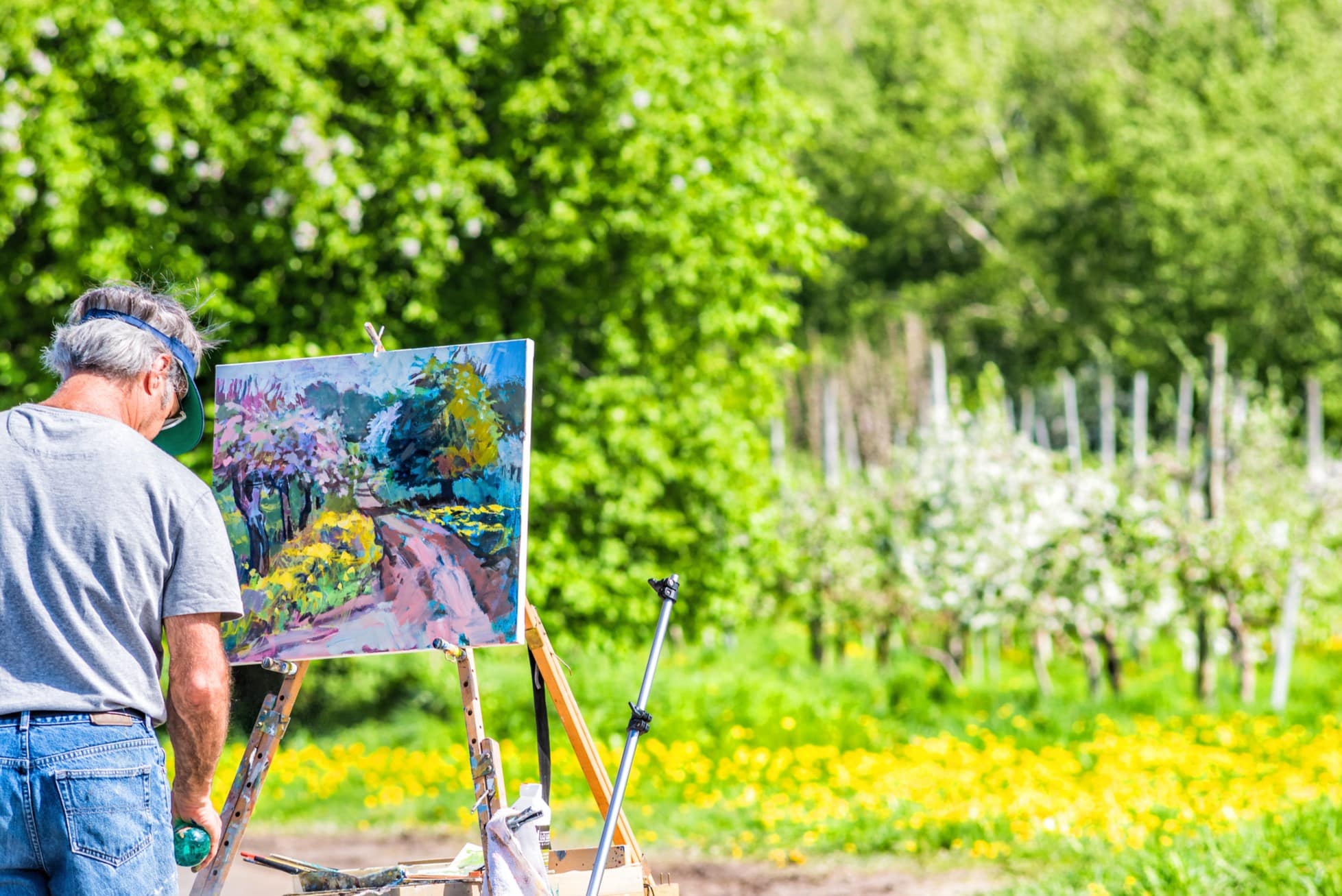

Outdoor Furniture
What Is The Best Temperature For Outdoor Painting
Published: January 12, 2024
Discover the ideal outdoor painting temperature for your furniture and design projects. Learn how to achieve the best results for outdoor furniture painting.
(Many of the links in this article redirect to a specific reviewed product. Your purchase of these products through affiliate links helps to generate commission for Storables.com, at no extra cost. Learn more)
Introduction
When it comes to outdoor painting, achieving a flawless finish and ensuring the longevity of the paint job greatly depend on the environmental conditions, particularly the temperature. Whether you're reviving a weathered wooden deck, adding a fresh coat of color to your home's exterior, or embarking on a creative outdoor furniture project, understanding the impact of temperature on paint application is crucial.
The ideal temperature for outdoor painting is not a one-size-fits-all concept. It varies depending on several factors, including the type of paint being used, the surface material, and the specific product's application guidelines. In this comprehensive guide, we will delve into the intricate relationship between temperature and outdoor painting, exploring the optimal temperature range for different types of paint, the effects of temperature on paint application and curing, and valuable tips for achieving exceptional results in various temperature conditions.
Whether you're a seasoned DIY enthusiast or a professional painter, mastering the art of outdoor painting in different temperatures can elevate the aesthetic appeal and durability of your outdoor spaces. Let's embark on this enlightening journey to uncover the best temperature for outdoor painting and equip ourselves with the knowledge to tackle painting projects with confidence and finesse.
Key Takeaways:
- Choose the right paint and monitor weather forecasts to paint outdoors. Adjust techniques and prepare surfaces for different temperatures to achieve exceptional results.
- Understand the effects of temperature on paint and follow safety precautions. Embrace the art of outdoor painting with confidence and adaptability for enduring beauty.
Factors to Consider
Before delving into the ideal temperature for outdoor painting, it’s essential to consider the various factors that can influence the paint application and curing process. By taking these factors into account, you can make informed decisions and adapt your painting techniques to suit the specific conditions.
- Type of Paint: Different types of paint, such as latex, oil-based, acrylic, and epoxy, have distinct temperature requirements for optimal application and curing. Understanding the specifications of the paint you’re using is crucial for determining the suitable temperature range.
- Surface Material: The material of the surface being painted, whether it’s wood, metal, concrete, or masonry, can react differently to temperature variations. Some materials may expand or contract based on temperature, impacting the adhesion and drying of the paint.
- Weather Conditions: Beyond the ambient temperature, factors like humidity, wind speed, and direct sunlight can significantly affect the painting process. High humidity can prolong the drying time, while strong winds may cause uneven application and premature drying.
- Time of Day: The temperature fluctuates throughout the day, with the mid-morning to mid-afternoon period often being the warmest. Painting during these hours can provide a more stable and conducive temperature environment.
- Manufacturer’s Guidelines: Paint manufacturers provide specific instructions and temperature recommendations for their products. Adhering to these guidelines is essential for achieving the best results and ensuring the longevity of the paint job.
By carefully considering these factors, you can tailor your outdoor painting approach to suit the unique characteristics of the project and the prevailing environmental conditions. This thoughtful consideration lays the groundwork for a successful and enduring paint application, regardless of the temperature challenges that may arise.
Ideal Temperature Range for Outdoor Painting
While the optimal temperature for outdoor painting varies based on the type of paint and specific environmental factors, there are general temperature guidelines that can serve as a helpful reference for various paint applications.
For most water-based (latex) paints, including acrylic and latex products, the ideal temperature range for outdoor painting typically falls between 50°F (10°C) and 85°F (29°C). These paints perform best when applied in moderate temperatures that allow for proper adhesion and drying. When the temperature exceeds 85°F, the paint may dry too quickly, leading to issues such as brush marks, lap marks, and uneven coverage. On the other hand, temperatures below 50°F can hinder the curing process, resulting in prolonged drying times and potential adhesion problems.
Oil-based paints, including alkyd and enamel varieties, have a slightly broader temperature range for outdoor painting, typically spanning from 40°F (4°C) to 90°F (32°C). These paints are more resilient to temperature fluctuations but still require moderate environmental conditions for optimal application and curing. Extreme temperatures can compromise the integrity of oil-based paint, leading to compromised finish quality and durability.
It’s important to note that the ideal temperature range also encompasses the post-application curing phase. After the paint is applied, it needs to dry and cure in a temperature-controlled environment to ensure proper bonding and durability. Sudden temperature drops or spikes during the curing process can negatively impact the paint’s performance and longevity.
Understanding the ideal temperature range for outdoor painting is instrumental in planning and executing paint projects with precision. By aligning the painting schedule with favorable temperature conditions, you can enhance the overall quality and longevity of the paint job, resulting in a visually stunning and enduring finish.
The best temperature for outdoor painting is between 50-85°F (10-29°C). Avoid painting in extreme heat or cold as it can affect the paint’s ability to adhere and dry properly.
Effects of Temperature on Different Types of Paint
The impact of temperature on paint application and curing varies across different types of paint, influencing factors such as viscosity, drying time, and overall finish quality. Understanding these effects is essential for navigating the nuances of outdoor painting in diverse temperature conditions.
Water-Based (Latex) Paints: In lower temperatures, water-based paints tend to thicken, affecting their flow and coverage. This can result in brush and roller marks, making it challenging to achieve a smooth and uniform finish. Conversely, in high temperatures, the water content in these paints evaporates rapidly, leading to premature drying and potential adhesion issues. The ideal temperature range allows water-based paints to maintain optimal viscosity and drying characteristics, facilitating seamless application and a professional-grade finish.
Oil-Based Paints: Oil-based paints are less affected by temperature-induced viscosity changes compared to water-based paints. However, in colder temperatures, these paints may become more viscous, necessitating adjustments in application techniques to ensure even coverage. On the other hand, high temperatures can accelerate the drying of oil-based paints, potentially causing brush marks and inadequate leveling. By adhering to the recommended temperature range, the application and curing of oil-based paints can proceed smoothly, resulting in a durable and lustrous finish.
Acrylic and Enamel Paints: Acrylic and enamel paints, known for their versatility and durability, exhibit temperature-sensitive characteristics similar to other water-based and oil-based paints. Maintaining the appropriate temperature range is crucial for harnessing the full potential of these paints, allowing for optimal adhesion, color retention, and resistance to environmental elements.
By understanding the effects of temperature on different types of paint, painters and DIY enthusiasts can adapt their techniques and schedules to mitigate potential challenges and maximize the aesthetic and protective benefits of the chosen paint products. This knowledge empowers individuals to achieve exceptional results, regardless of the temperature fluctuations that may impact their outdoor painting endeavors.
Tips for Painting in Various Temperatures
Successfully executing outdoor painting projects in diverse temperature conditions requires strategic planning, adaptable techniques, and a keen understanding of the nuances associated with different temperature ranges. By incorporating the following tips into your painting endeavors, you can navigate temperature challenges with confidence and achieve outstanding results.
- Monitor Weather Forecasts: Stay informed about the projected temperature fluctuations, humidity levels, and wind conditions to identify suitable windows for outdoor painting. Planning your painting schedule around favorable weather can enhance the overall efficiency and quality of the paint application.
- Choose the Right Paint: Select paint products that align with the temperature range and environmental conditions of your painting project. Consult the manufacturer’s guidelines to ensure that the chosen paint is compatible with the anticipated temperatures and can deliver optimal performance.
- Prepare the Surface: Properly prepare the painting surface by cleaning, sanding, and priming as recommended. Adequate surface preparation contributes to the longevity of the paint job, compensating for potential temperature-related challenges.
- Adjust Application Techniques: In colder temperatures, consider using specialized additives or thinners to optimize the flow and leveling of the paint. When painting in warmer conditions, work in smaller sections to prevent the paint from drying too quickly, and employ techniques such as back-rolling to maintain a consistent finish.
- Utilize Shading and Shelter: When painting in high temperatures, seek shaded areas or create temporary shelters to shield the painted surface from direct sunlight. This minimizes the risk of rapid drying and uneven application, promoting a smoother and more uniform finish.
- Allow Sufficient Drying Time: Respect the recommended drying and curing times specified by the paint manufacturer, taking into account the prevailing temperature and humidity. Rushing the drying process in unsuitable conditions can compromise the integrity of the paint job.
- Observe Safety Precautions: Be mindful of extreme temperature conditions that may pose health risks during outdoor painting. Stay hydrated, protect yourself from prolonged sun exposure, and use appropriate personal protective equipment as needed.
By implementing these tips, outdoor painting enthusiasts can adapt to varying temperature scenarios and optimize their painting techniques to achieve exceptional results. Flexibility, attention to detail, and a proactive approach to temperature management are key ingredients for a successful outdoor painting experience, culminating in a visually stunning and enduring finish.
Conclusion
Mastering the art of outdoor painting entails an appreciation for the dynamic interplay between temperature, paint characteristics, and environmental factors. By understanding the ideal temperature range for different types of paint, the effects of temperature on paint application, and valuable tips for painting in diverse temperature conditions, individuals can elevate their painting endeavors to new heights of precision and excellence.
Embracing the nuances of outdoor painting in relation to temperature empowers painters, DIY enthusiasts, and professionals to make informed decisions, adapt their techniques, and optimize their painting schedules. This knowledge serves as a compass, guiding them through the intricacies of temperature management and enabling them to achieve exceptional results, regardless of the environmental challenges they may encounter.
As temperatures fluctuate and seasons transition, the wisdom gained from this exploration of outdoor painting and temperature considerations becomes an invaluable asset. It fosters a deeper appreciation for the craftsmanship and artistry involved in outdoor painting, transforming each project into a testament to skill, knowledge, and a harmonious balance with nature’s elements.
Armed with the insights gleaned from this guide, individuals can embark on their outdoor painting journeys with confidence, equipped to harness the transformative power of color and protect outdoor surfaces with enduring beauty and resilience. The canvas of outdoor spaces becomes a realm of creative expression, where the brushstrokes of expertise and temperature-conscious artistry converge to leave a lasting impression on the natural world and those who inhabit it.
With a steadfast commitment to understanding and adapting to temperature dynamics, outdoor painting transcends mere functionality, evolving into a captivating symphony of craftsmanship and environmental harmony.
Frequently Asked Questions about What Is The Best Temperature For Outdoor Painting
Was this page helpful?
At Storables.com, we guarantee accurate and reliable information. Our content, validated by Expert Board Contributors, is crafted following stringent Editorial Policies. We're committed to providing you with well-researched, expert-backed insights for all your informational needs.
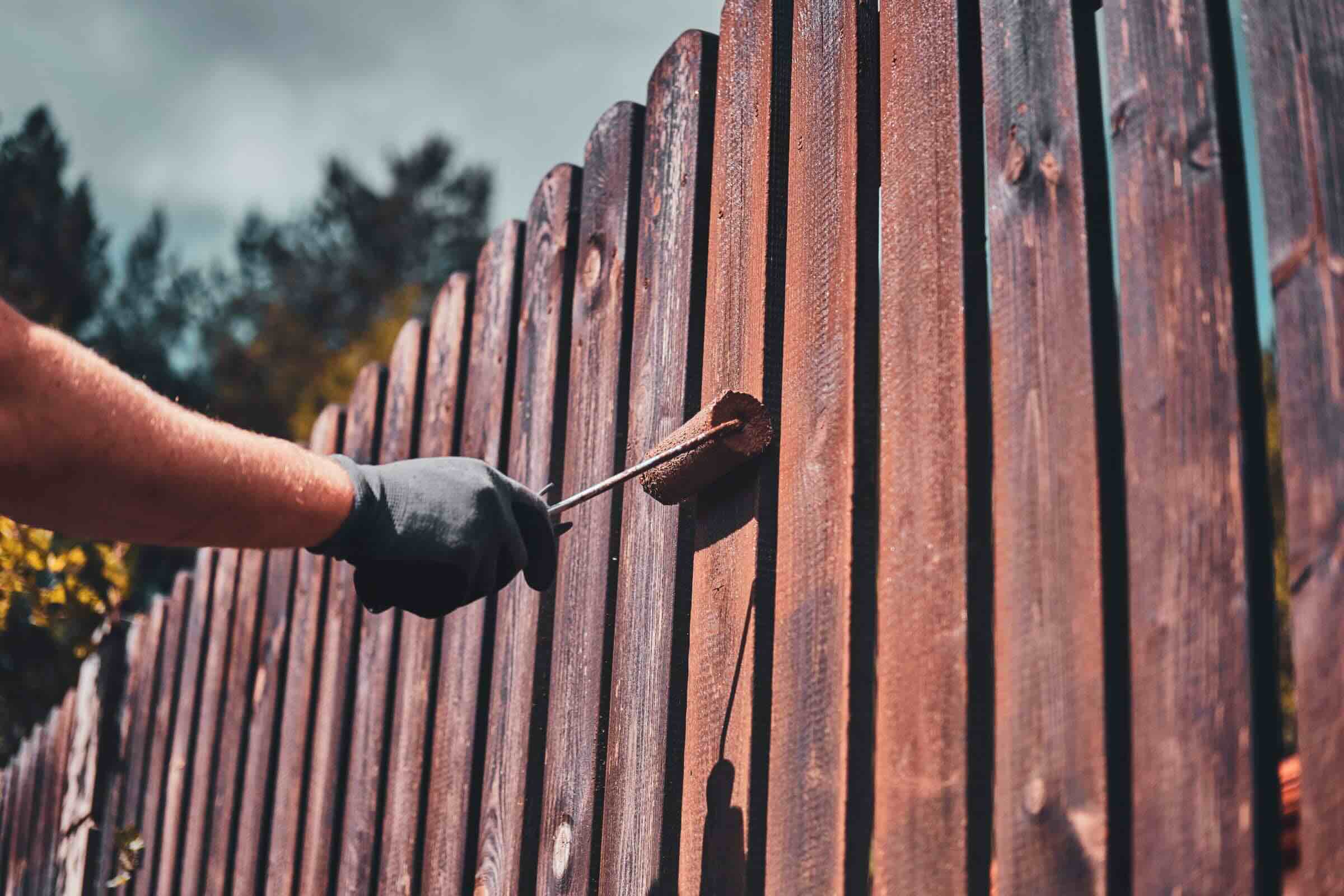
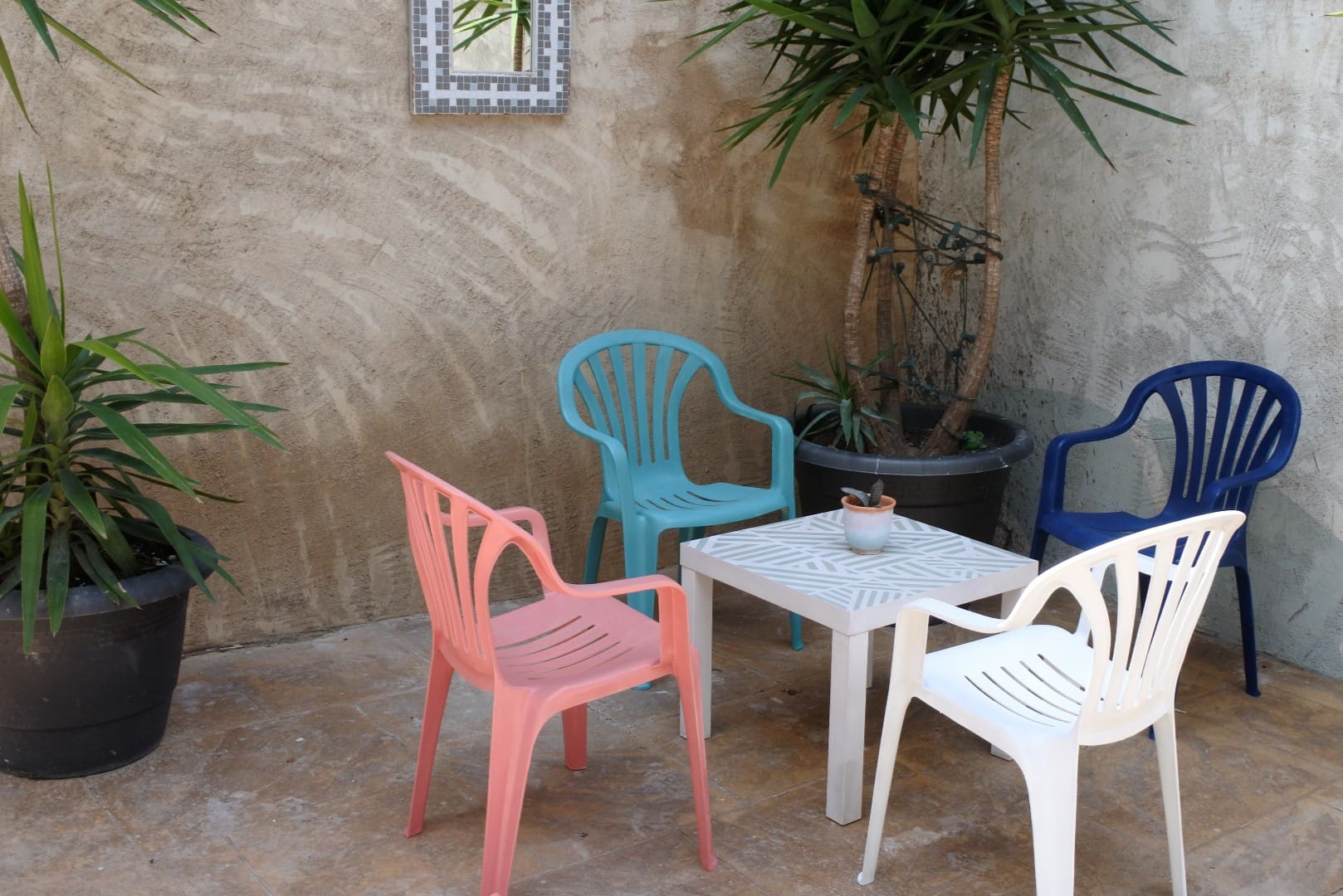
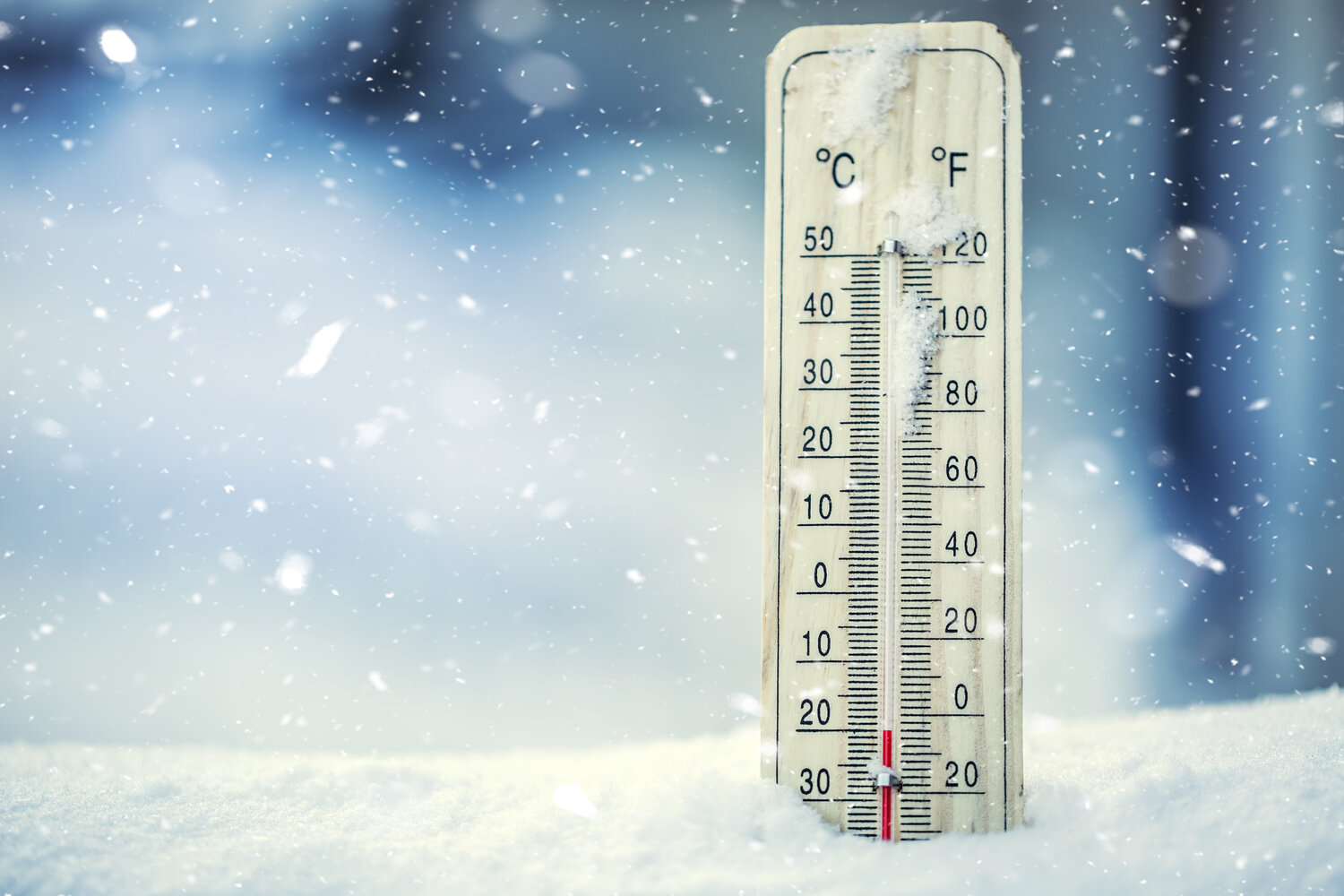
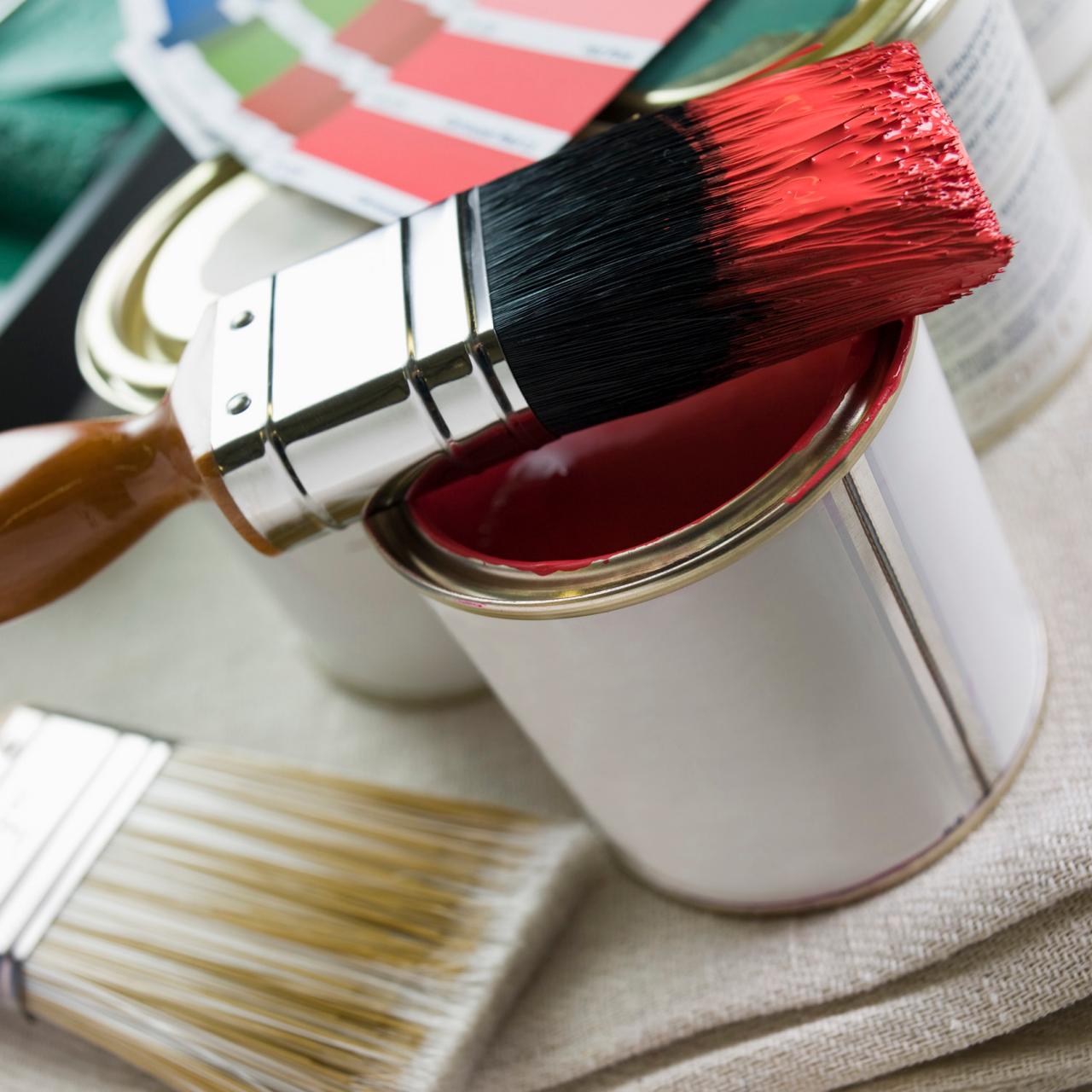
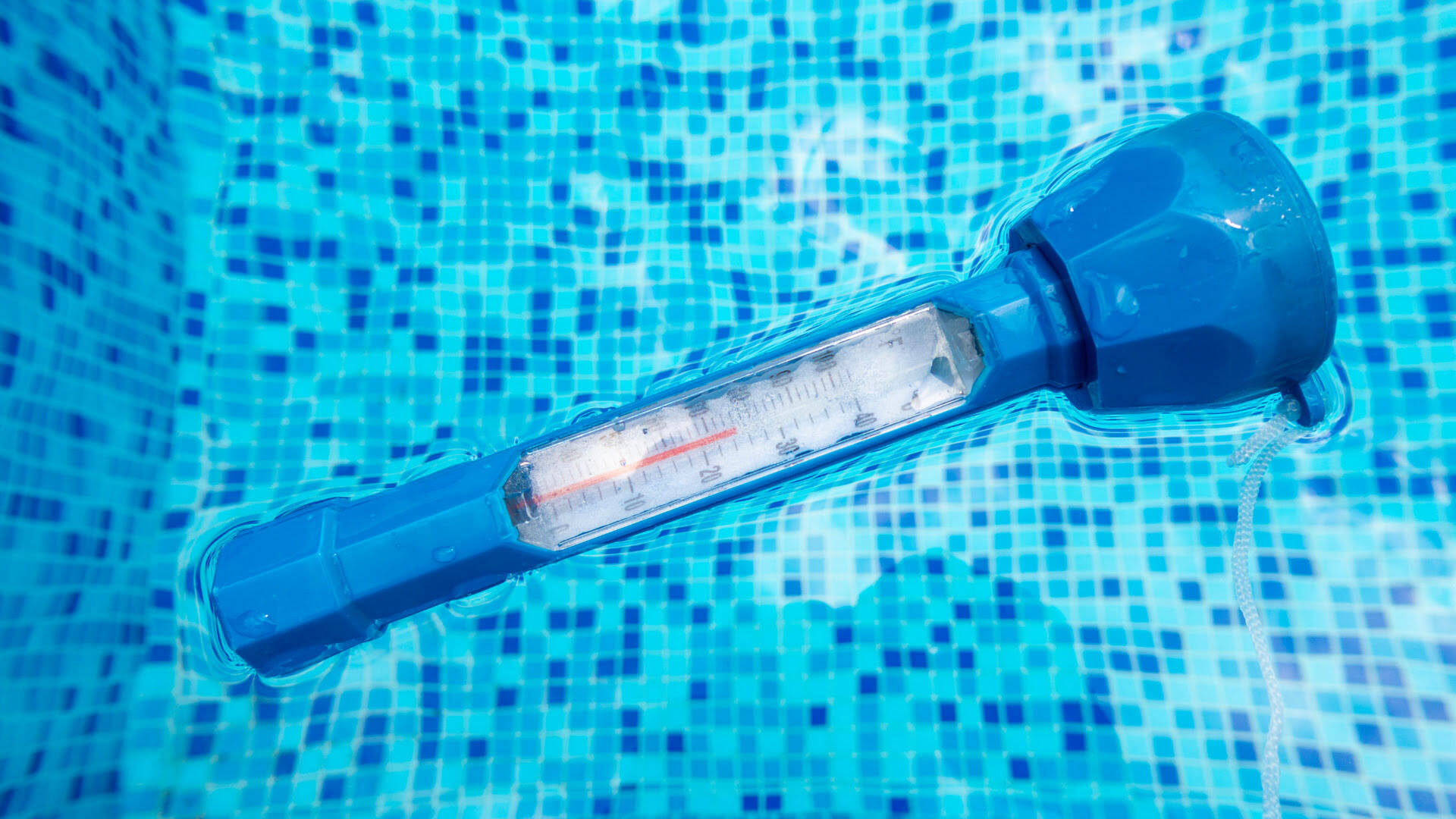
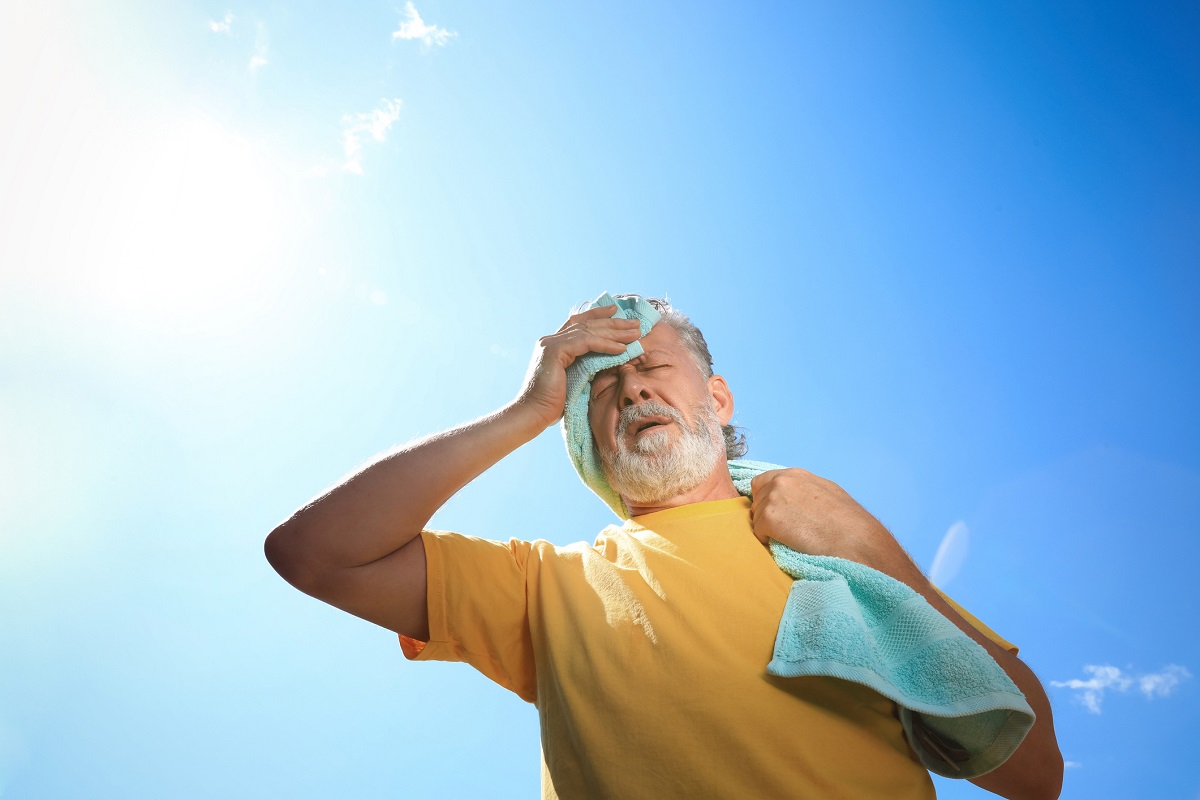
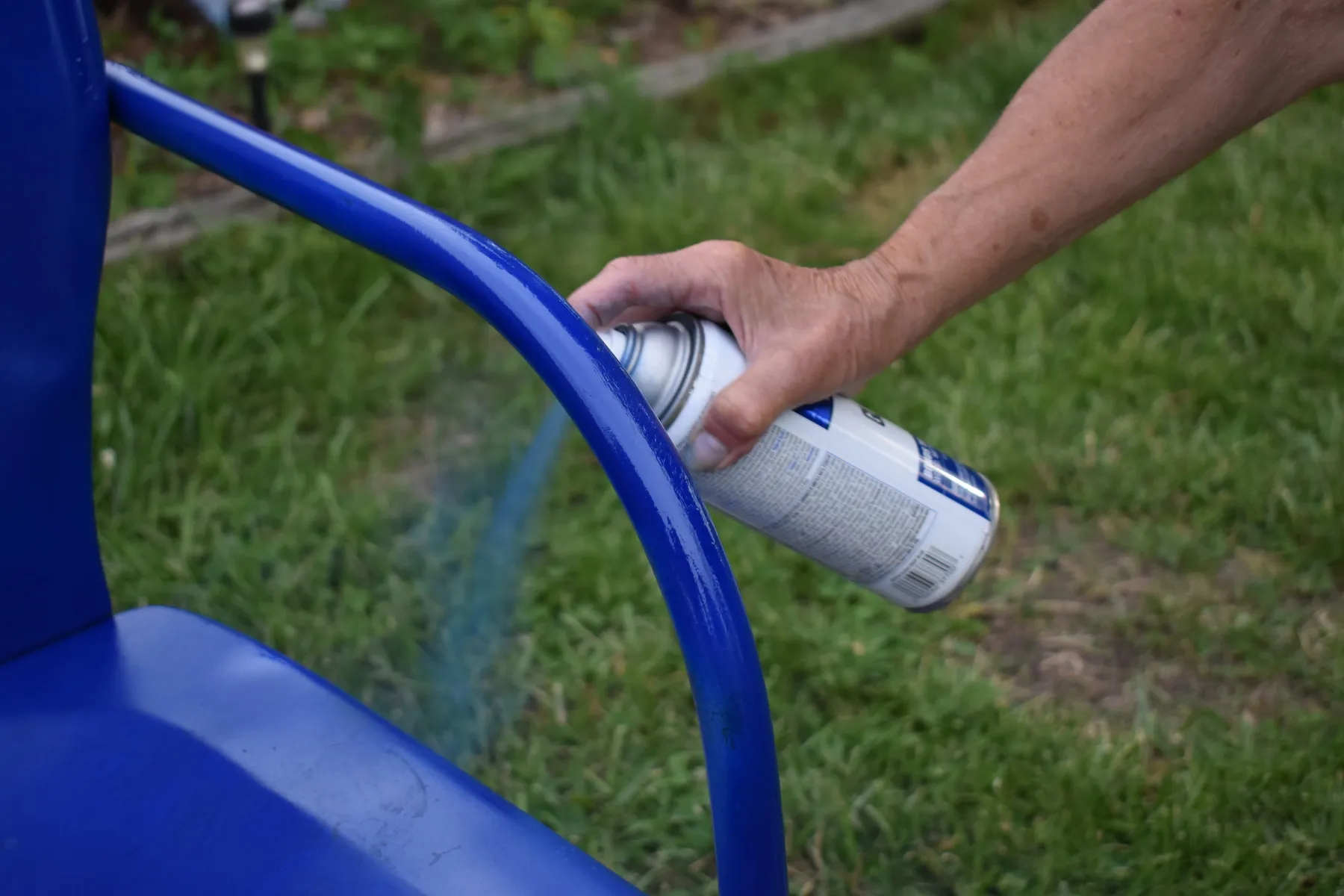
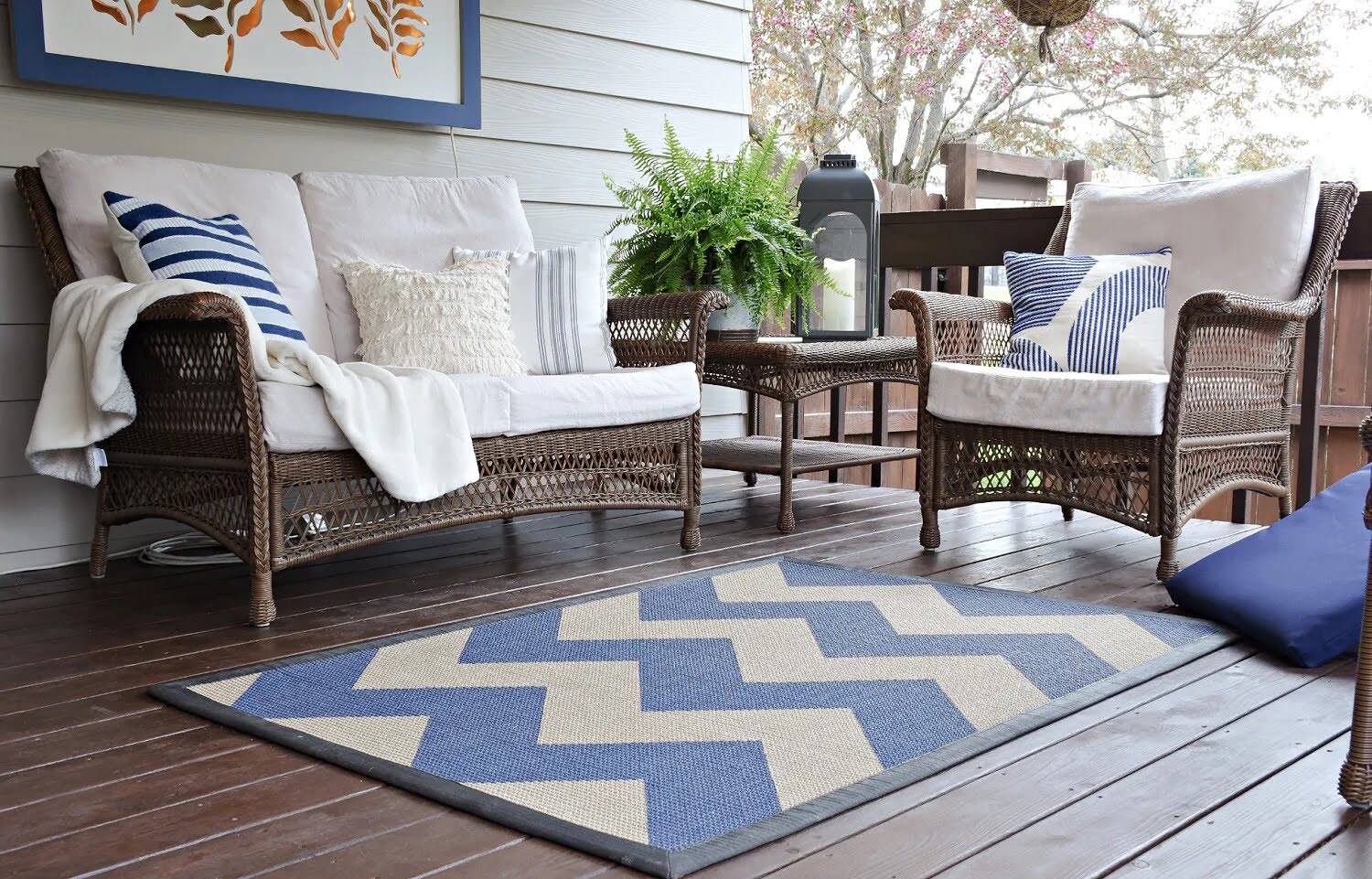
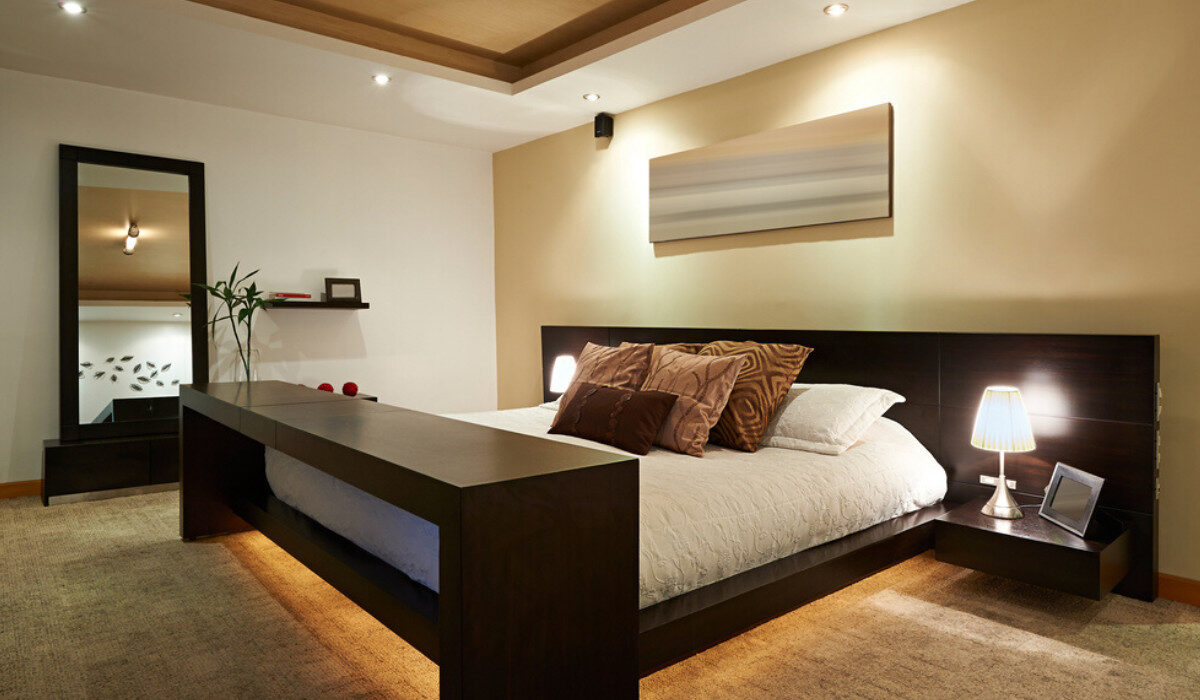
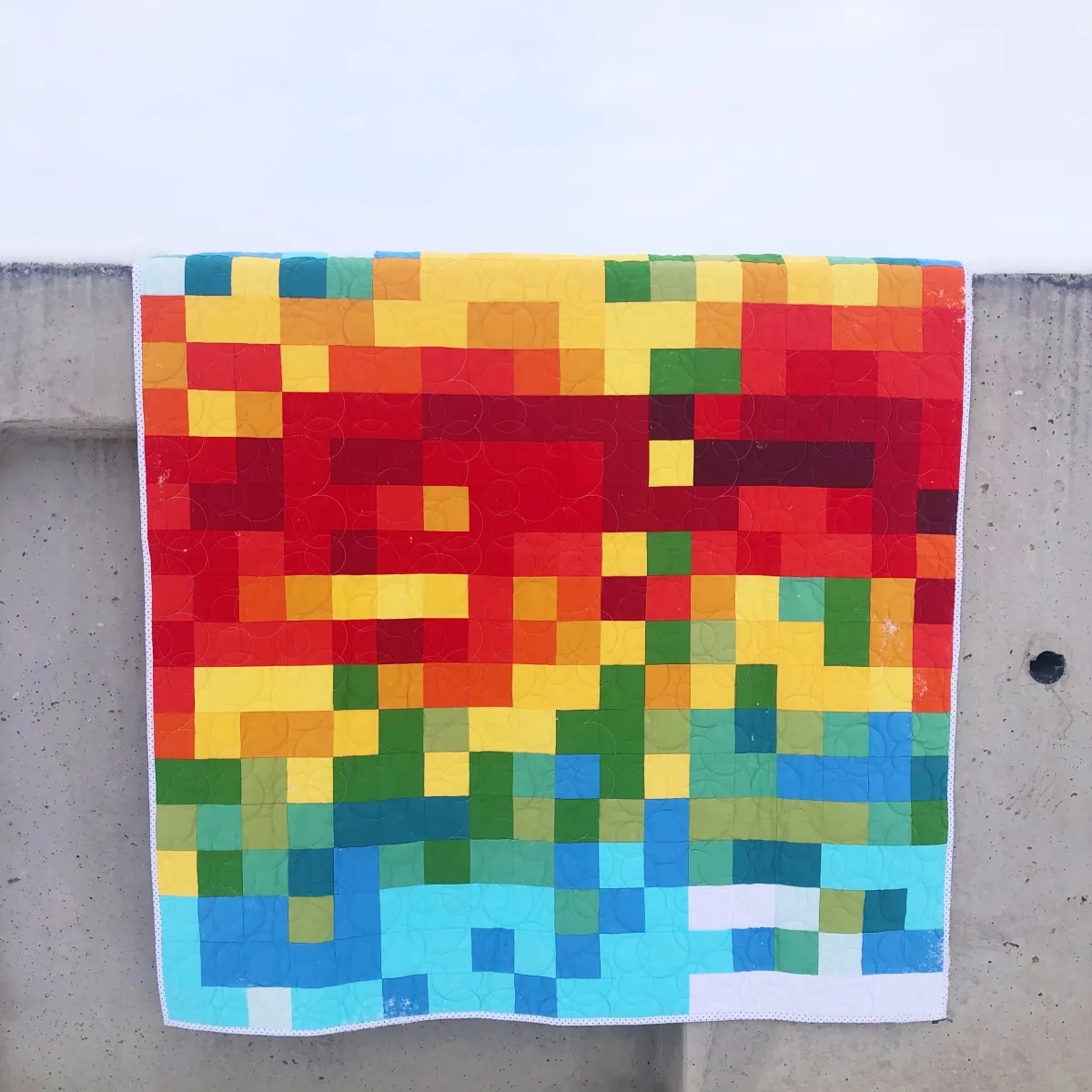
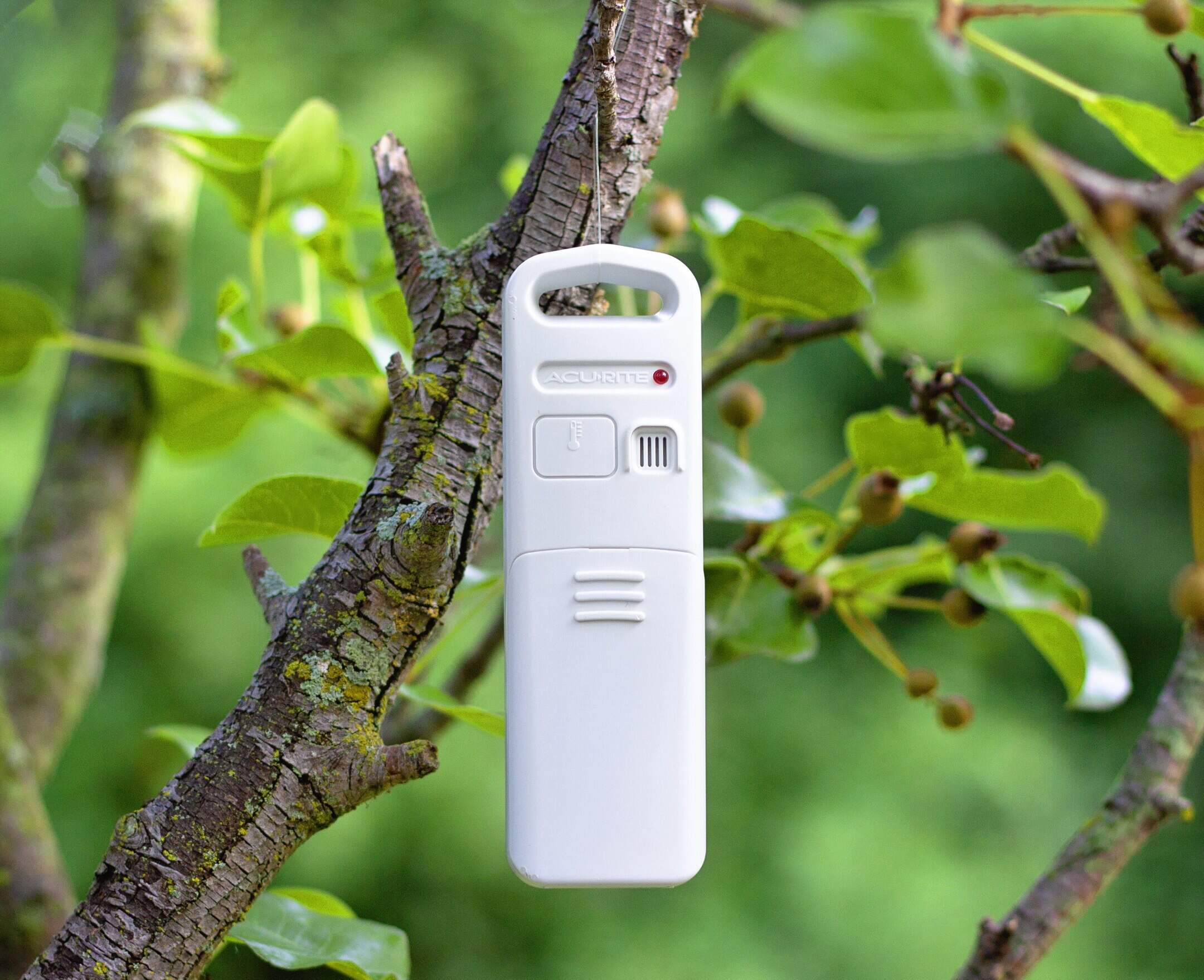
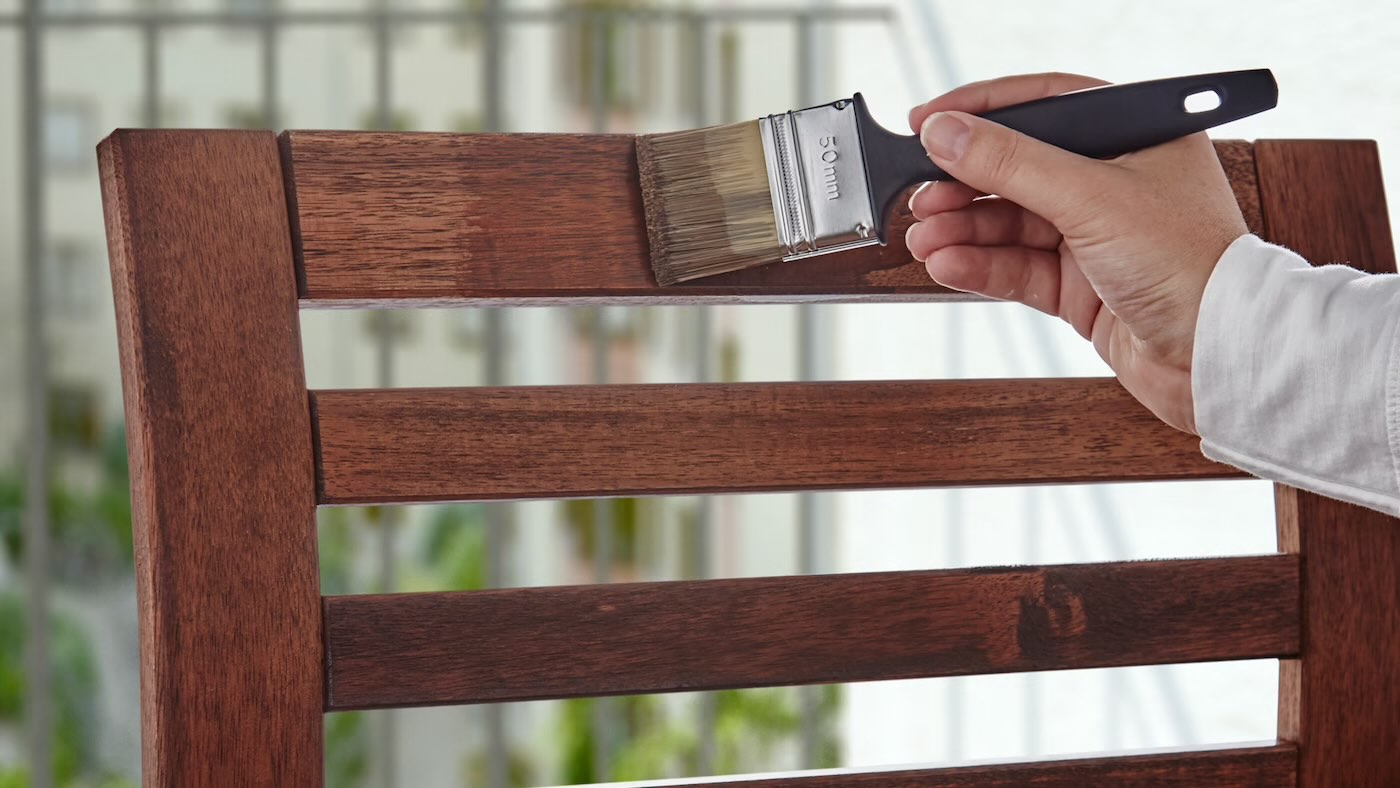
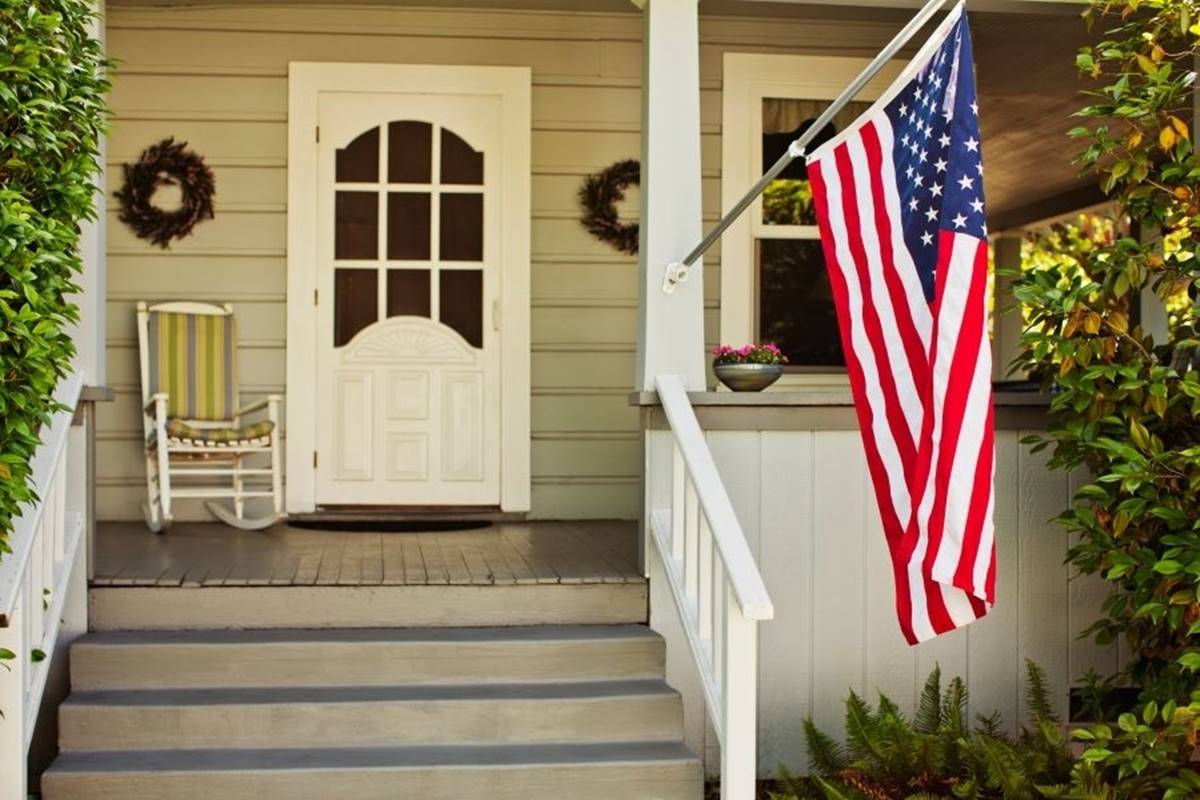


0 thoughts on “What Is The Best Temperature For Outdoor Painting”